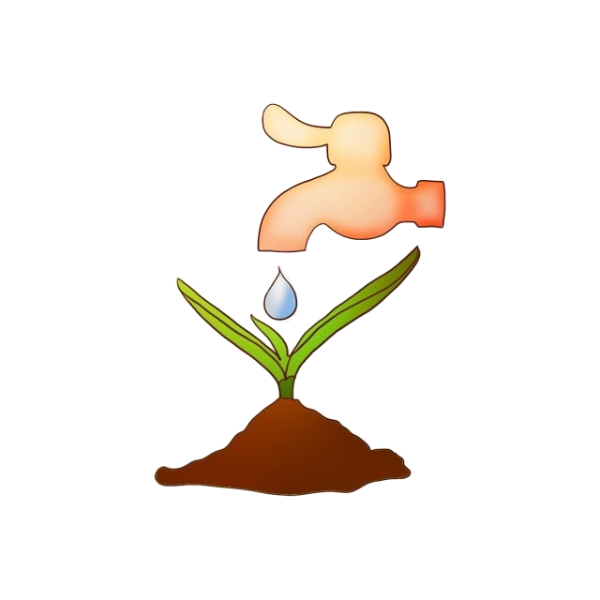19th William E. Larson and Raymond R. Allmaras Emerging Issues in Soil and Water Lecture:
2022 Larson Allmaras Lecture
featuring Dr. Vanessa Bailey:
Department of Soil, Water, and Climate,University of Minnesota, USA.
https://swac.umn.edu/events/2022-larson-allmaras-lecture
Pores to Cores: Microbial Carbon Cycling
in Response to Changing Soil Moisture
Microbes are critical agents of an enormous number of soil processes, perhaps most importantly, those associated with carbon cycling, greenhouse gas emissions, and global climate feedbacks. Yet the soil system is a physically and chemically complex system within which microbial communities function. Soil structure, soil water, and soil microbiology interlink to regulate the soil carbon cycle; carbon cycle feedbacks to the Earth system result from the destabilization of soil carbon. The physical structure of soil – aggregation and the soil pore network – comprise both the flow paths for resource transport in the aqueous phase and the habitat for soil microbes. The soil water is both the connecting liquid for solute transport and the reagent within which biogeochemical transformations occur. The microbial community both responds to the local environment, decomposing soil organic carbon (SOC) and helps shape the local environment by promoting and sustaining aggregation. To study any of these elements alone is difficult, yet to truly understand soils, we must understand them together. We combine advanced techniques for molecular characterization of SOC with tomography and sequencing to reveal where in the soil matrix SOC persists, and in what forms. We have found little evidence for chemical recalcitrance as a C protection mechanism. We have imposed extreme water cycles, from drought through flood, and found that moisture history matters a great deal to the forms of C in soil, where they are located, and how they contribute to CO2 emitted through heterotrophic respiration. Yet, we find these patterns are expressed differently in different soils and we hypothesize that water and soil structure may explain some of these differences. By considering different physical, chemical, and biological controls as processes that contribute to soil C destabilization, we can inform more accurate and robust predictions of soil C cycling in a changing environment.
https://swac.umn.edu/events/2022-larson-allmaras-lecture
